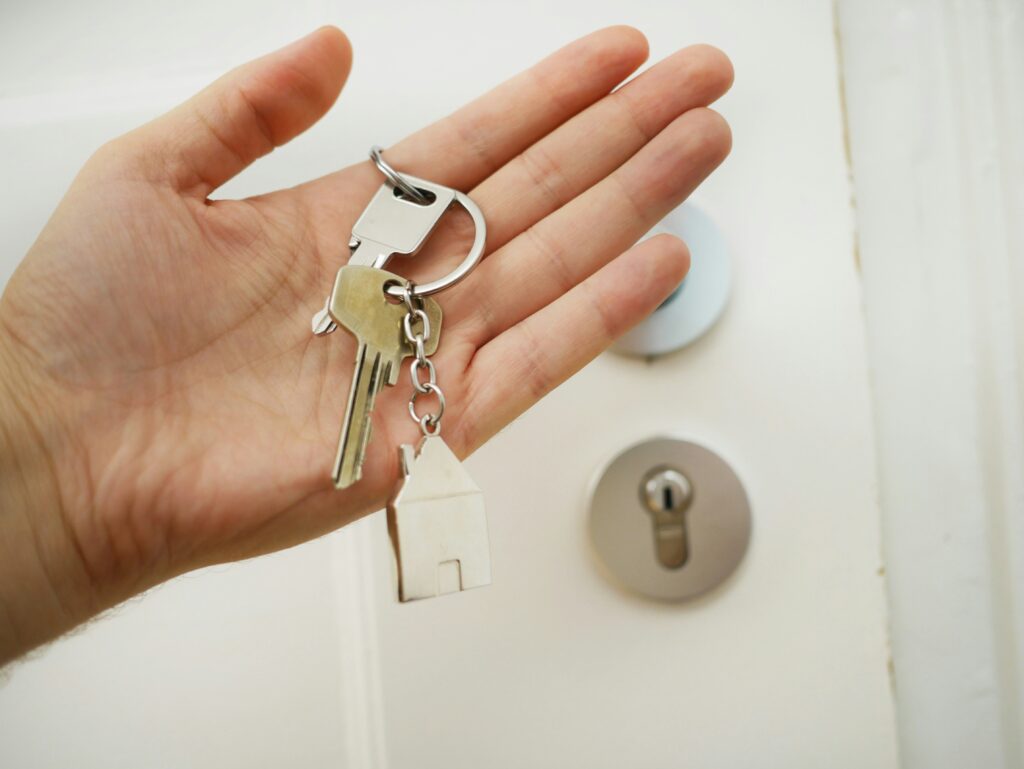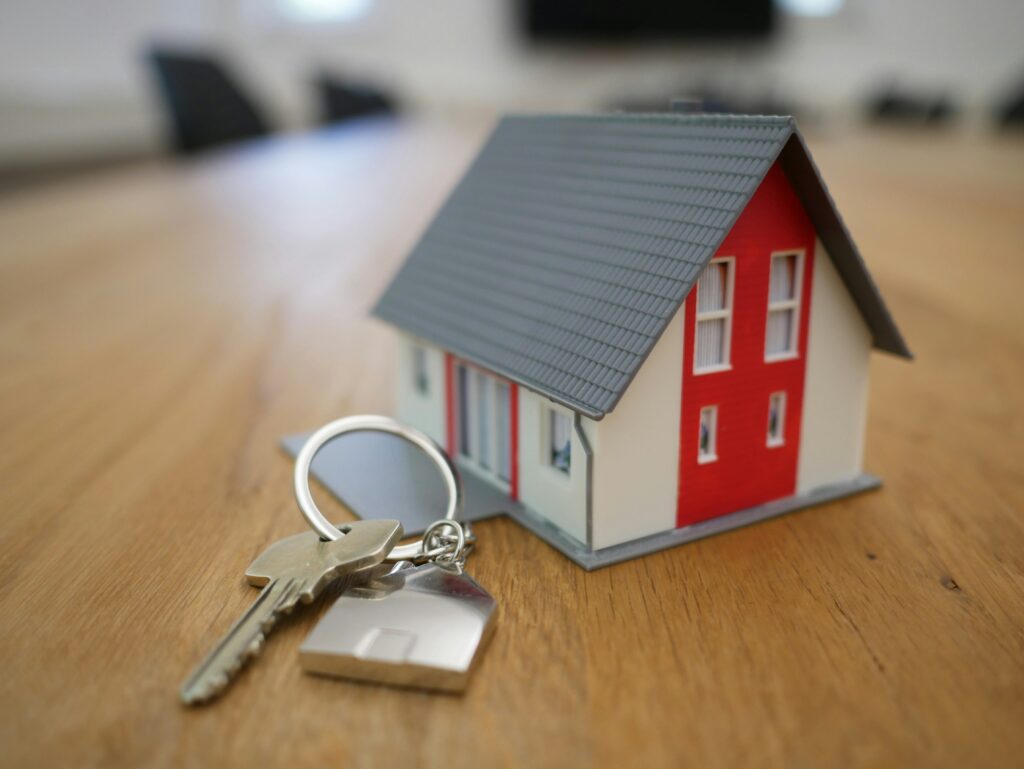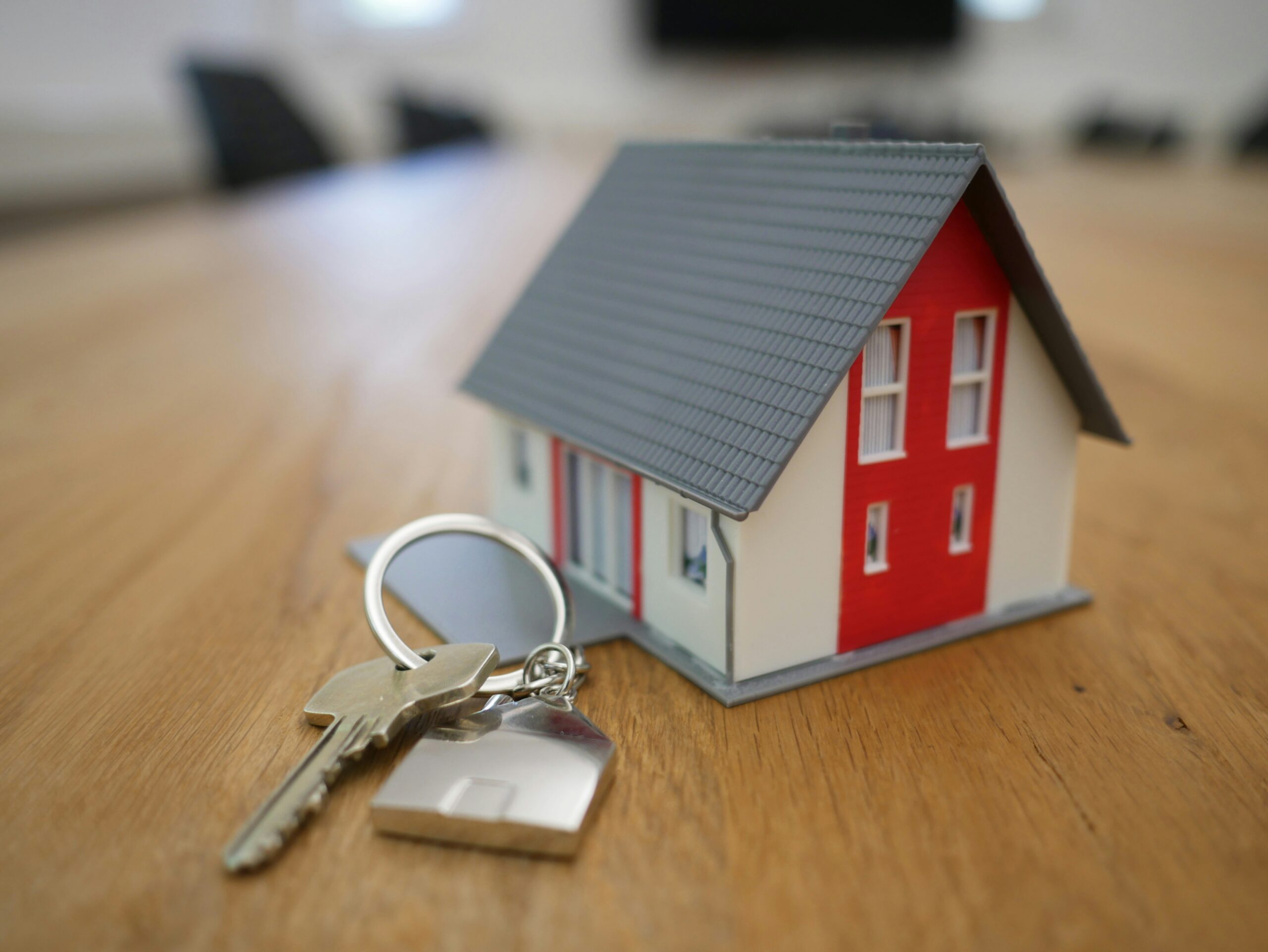
Introduction
House flipping, the process of buying a property, renovating it, and selling it for a profit, has become an increasingly popular way to invest in real estate. Many beginners are drawn to the idea of quick profits, but house flipping requires knowledge, planning, and hard work. In this guide, we’ll walk you through the entire process step by step, so you can start your flipping journey with confidence.
Understanding the Basics of House Flipping
What is House Flipping?
House flipping involves purchasing a home, making strategic improvements, and selling it for a profit. The goal is to buy low, invest in repairs and upgrades, and sell at a higher price to make a return on your investment.
Why People Flip Houses
House flipping is appealing because it offers the potential for significant profits in a relatively short time frame. Many flippers enjoy the challenge of transforming rundown properties into desirable homes while reaping financial rewards.
The Risks and Rewards of Flipping
While flipping houses can be profitable, it also comes with risks. If you underestimate repair costs, overpay for a property, or fail to sell the house quickly, your profits could shrink. However, with careful planning and market research, house flipping can be a lucrative investment strategy.
Researching the Real Estate Market
Location, Location, Location
One of the most critical factors in house flipping is choosing the right location. Buyers are more likely to purchase homes in desirable neighborhoods with good schools, low crime rates, and access to amenities. Research potential areas before purchasing any property.
Identifying Promising Markets
Focus on markets with rising property values and increasing demand for housing. Look for areas where properties are being renovated, as this often indicates a growing interest in the neighborhood.
Understanding Local Real Estate Trends
Stay informed about local real estate trends. Are property values increasing or declining? Is there a high demand for homes? Understanding the trends will help you make smart buying decisions and maximize your return on investment.
Creating a House Flipping Business Plan
Setting Realistic Goals
Before you start flipping houses, it’s essential to set realistic goals. How much profit do you want to make? How many properties do you plan to flip in a year? Having clear goals will keep you focused and motivated.
Budgeting for the Flip
Creating a budget is crucial for any successful flip. Consider the purchase price, renovation costs, carrying costs (such as insurance and property taxes), and marketing expenses. Always leave room for unexpected costs.
Estimating Potential Profit
After calculating the costs, estimate your potential profit by comparing the After Repair Value (ARV) of the home to your total investment. Your goal should be to sell the home for at least 20-30% more than your total costs.
Financing Your First Flip
Traditional Loans vs. Hard Money Loans
There are several ways to finance a flip. Traditional mortgages can be challenging to obtain for investment properties, so many flippers turn to hard money loans. These short-term loans come with higher interest rates but offer fast approval and flexibility.
Private Investors and Partnerships
If you don’t want to rely on loans, consider partnering with private investors. They can provide the capital needed for the flip in exchange for a share of the profits. Just make sure to have a clear agreement in place.
Using Personal Savings
Some beginners use their personal savings to fund their first flip. While this reduces the financial risk of taking on debt, it’s essential to ensure you have enough funds to cover the entire project and any unexpected costs.
Finding the Right Property
Working with Real Estate Agents
A knowledgeable real estate agent can help you find properties with good potential. They have access to listings, market insights, and can negotiate deals on your behalf.
How to Spot a Good Deal
Look for properties that are priced below market value, either because they need significant repairs or are foreclosures. The key is to find a home that can be renovated and sold for a profit.
Foreclosures and Auctions
Foreclosures and auctions can be great sources for finding discounted properties, but they require caution. Inspect the property thoroughly, as foreclosed homes are often sold “as-is” with no room for negotiation on repairs.
Calculating Repair Costs and ARV (After Repair Value)
Estimating Repair Costs Accurately
Before purchasing a property, it’s vital to estimate repair costs accurately. Walk through the home with a contractor to get an itemized estimate of what needs to be fixed or upgraded.
Understanding ARV and Its Importance
The After Repair Value (ARV) is the estimated value of the home after all repairs and upgrades are completed. It’s crucial to calculate ARV accurately to ensure your flip will be profitable.
Hiring Contractors for Estimates
Unless you’re experienced with renovations, it’s wise to hire contractors to provide estimates for the work needed. Get multiple quotes to ensure you’re getting a fair price.
Renovation Process for Beginners
Planning the Renovation
Create a renovation plan that focuses on improvements that will increase the home’s value, such as kitchen and bathroom upgrades. Avoid unnecessary or overly expensive upgrades that may not provide a return on investment.
DIY vs. Hiring Professionals
While doing some of the work yourself can save money, certain tasks, such as electrical and plumbing, should be left to licensed professionals to avoid costly mistakes and ensure the work meets code.
Permits and Legal Requirements
Ensure that all necessary permits are obtained before starting any work. Failing to get permits can lead to fines and legal issues when it comes time to sell the property.
Managing the Renovation Timeline
Staying on Schedule
A successful flip relies on completing the renovation quickly and efficiently. Create a detailed timeline for the renovation process and stay on top of deadlines.
Dealing with Unexpected Issues
Renovations rarely go as planned. Be prepared for unexpected issues, such as hidden damage or delays with contractors. Having a contingency budget can help cover these surprises.
Communicating with Contractors
Good communication with your contractors is key to keeping the project on track. Regular check-ins will ensure the work is progressing as expected and within budget.
Staging and Marketing the Property
Importance of Curb Appeal
First impressions matter, and curb appeal can make or break a sale. Invest in landscaping, a fresh coat of paint, and other exterior improvements to attract potential buyers.
Staging for Maximum Impact
Properly staging the interior can help buyers envision themselves living in the home. Arrange furniture and décor to showcase the home’s best features and create an inviting atmosphere.
Working with a Real Estate Agent for Marketing
A real estate agent can help you market the property effectively, from listing it online to hosting open houses. Their expertise can speed up the selling process and ensure you get the best price for the home.
Selling the Flipped Property
Pricing the Property Correctly
Pricing is key to selling your flipped property quickly. Set a competitive price based on comparable homes in the area and the condition of your renovation.
Negotiating Offers
Be prepared to negotiate with potential buyers. A real estate agent can help you navigate offers and ensure you get the best deal.
Closing the Sale
Once you’ve accepted an offer, work with your real estate agent to close the sale. Ensure all paperwork is in order, and be ready for a smooth handover.
Analyzing Your First Flip
Reviewing the Financial Outcome
After selling your first flip, take the time to review the financial outcome. Did you meet your profit goals? Were there any unexpected costs that impacted your bottom line?
Learning from Mistakes
Every flip is a learning experience. Identify any mistakes or areas for improvement so you can apply those lessons to your next project.
Planning Your Next Flip
Now that you’ve completed your first flip, start planning for the next one! Use what you’ve learned to refine your strategy and continue building your house flipping business.
Common Mistakes to Avoid When Flipping Houses
Overpaying for the Property
One of the most common mistakes beginners make is overpaying for a property. Be patient and only buy a property if the numbers make sense for a profitable flip.
Underestimating Repair Costs
Underestimating the cost of repairs can quickly eat into your profit. Always get professional estimates before making a purchase.
Not Understanding the Market
Failing to understand the local real estate market can result in poor buying decisions. Research the area thoroughly before investing.
Tips for Success in House Flipping
Networking with Other Investors
Building a network of other real estate investors, contractors, and agents can provide valuable insights and opportunities for your flipping business.
Staying Educated on Real Estate Trends
The real estate market is constantly evolving. Stay educated on trends and changes in the industry to ensure you’re making informed decisions.
Being Patient and Persistent
Flipping houses takes time, patience, and persistence. Don’t get discouraged if your first flip doesn’t go perfectly. Stick with it, and you’ll improve with each project.
Conclusion
Flipping houses can be an exciting and rewarding way to invest in real estate. By following these steps, you’ll be well on your way to flipping your first property successfully. Remember, it’s a learning process, so take your time, do your research, and enjoy the journey of transforming properties and building wealth.
FAQs
- How much money do I need to start flipping houses?
- The amount you need depends on the property you choose and the cost of renovations. Many beginners start with financing options like hard money loans or private investors.
- Can I flip a house with no experience?
- Yes, you can start flipping houses with no prior experience, but it’s essential to educate yourself and work with experienced contractors and real estate agents.
- How long does it take to flip a house?
- The timeline for flipping a house can vary depending on the extent of renovations, but most flips take between 3 to 6 months from purchase to sale.
- What are the biggest challenges in house flipping?
- Some of the biggest challenges include underestimating repair costs, dealing with unexpected issues during renovations, and accurately pricing the property for sale.
- Is house flipping still profitable in 2025?
- While the real estate market fluctuates, house flipping can still be profitable if you do thorough research, choose the right property, and manage your costs effectively.

